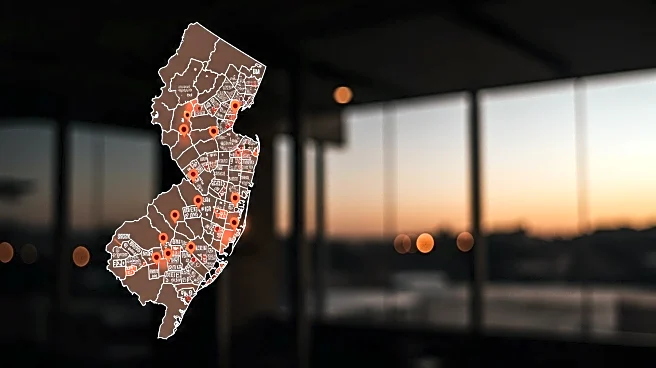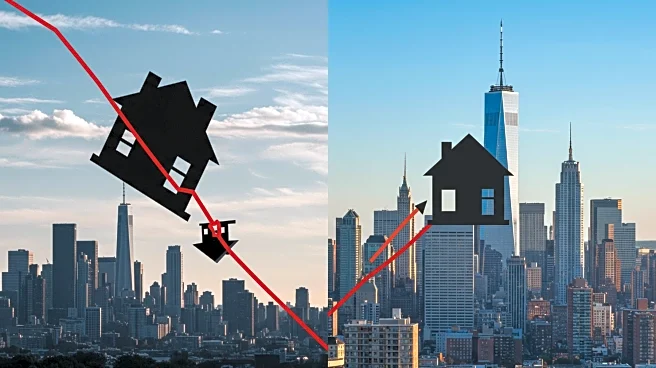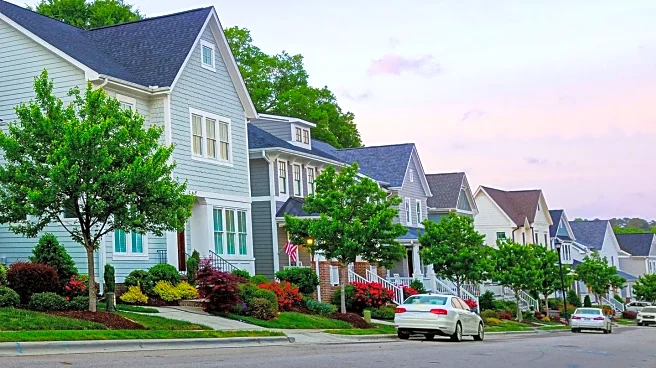What's Happening?
Realtor.com has released its annual list of the Hottest ZIP Codes in the United States for 2025, highlighting areas where homes are selling rapidly and remain relatively affordable. The list is based on metrics such as unique viewers per property and the duration a listing remains active on the site. This year, the Northeast and Midwest regions dominate the list, with the South and West absent for the third consecutive year. Notably, two New Jersey ZIP codes, Marlton (08053) and Wayne (07470), have been recognized for their high demand. Marlton, located in Burlington County, sees properties receiving 3.9 views per listing and staying on the market for an average of 17 days, with a median home price of $495,000. Wayne, in Passaic County, averages 3.3 views per listing, with homes selling in about 22 days at a median price of $664,000.
Why It's Important?
The inclusion of Marlton and Wayne in the list underscores a broader trend of homebuyers seeking value in areas where homes are priced below local metro medians, despite being above the national average. This trend reflects the ongoing challenges of elevated mortgage rates and affordability issues in the housing market. The rapid turnover in these ZIP codes indicates strong demand, which can drive up property values and impact local economies. For potential buyers, these areas offer a mix of suburban amenities and relatively quick access to urban centers, making them attractive despite higher prices. The data also suggests a shift in buyer preferences towards regions that offer a balance of affordability and quality of life.
What's Next?
As these New Jersey ZIP codes continue to attract interest, local real estate markets may experience increased competition, potentially leading to further price increases. This could impact affordability for local residents and influence future development and infrastructure planning. Additionally, the trends observed in these areas may prompt real estate professionals and policymakers to focus on strategies that address affordability and accessibility in other regions. Stakeholders, including local governments and developers, may need to consider how to accommodate growing demand while maintaining community character and livability.











